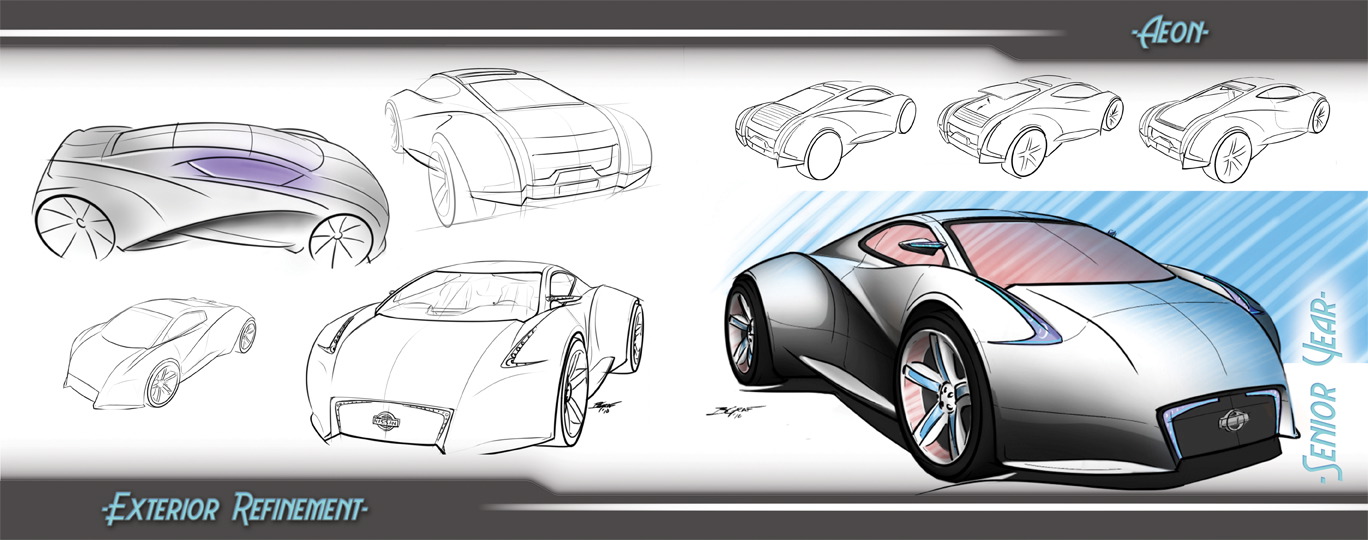

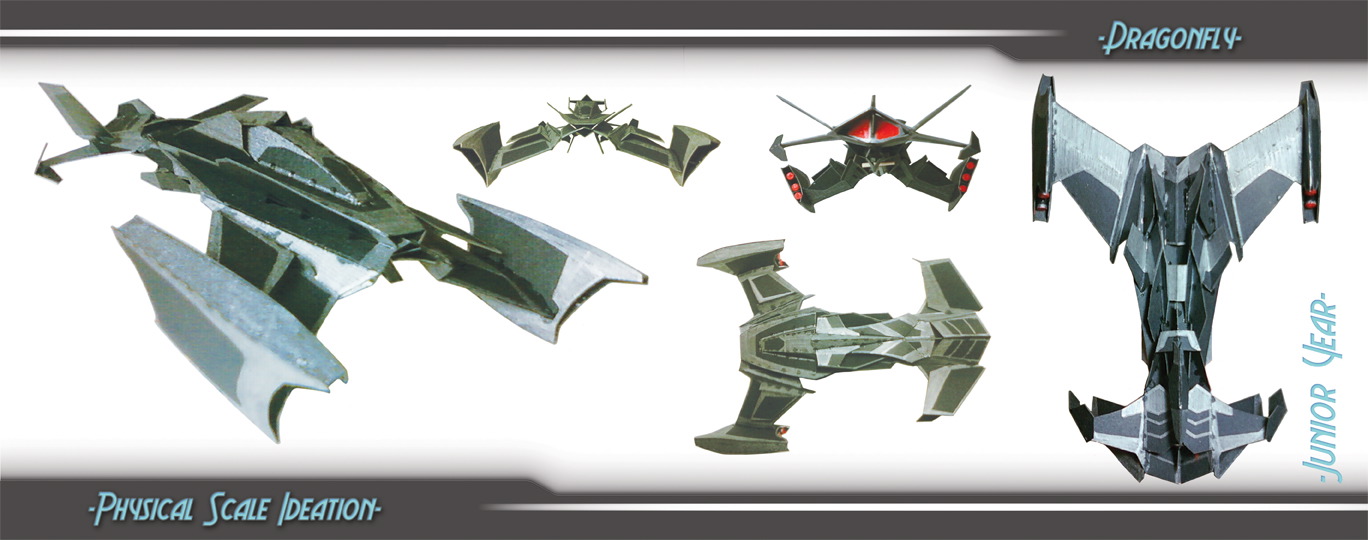
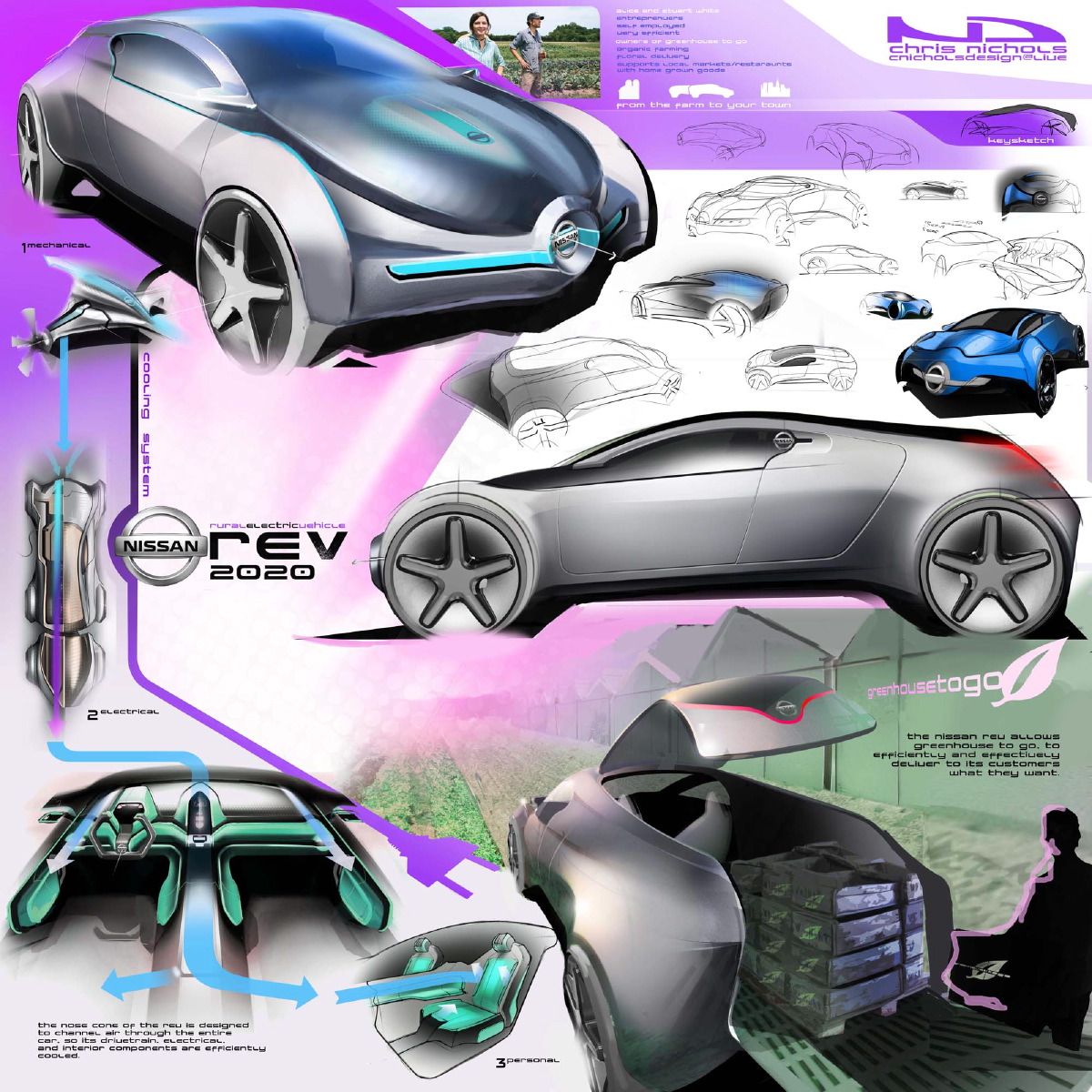
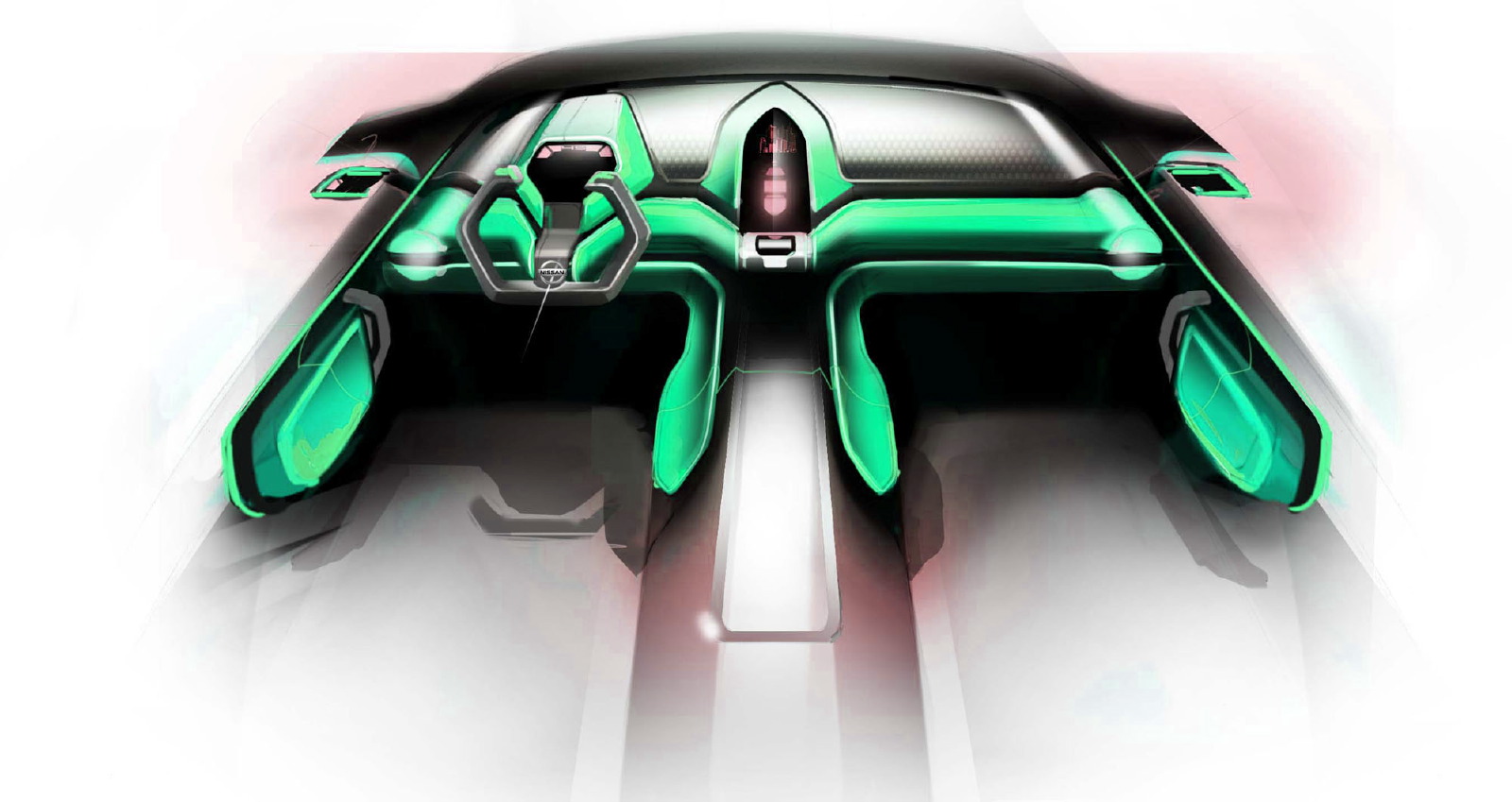
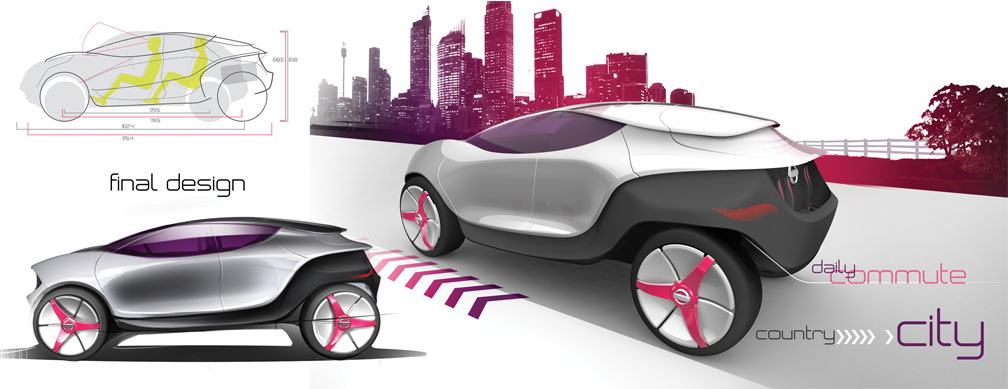
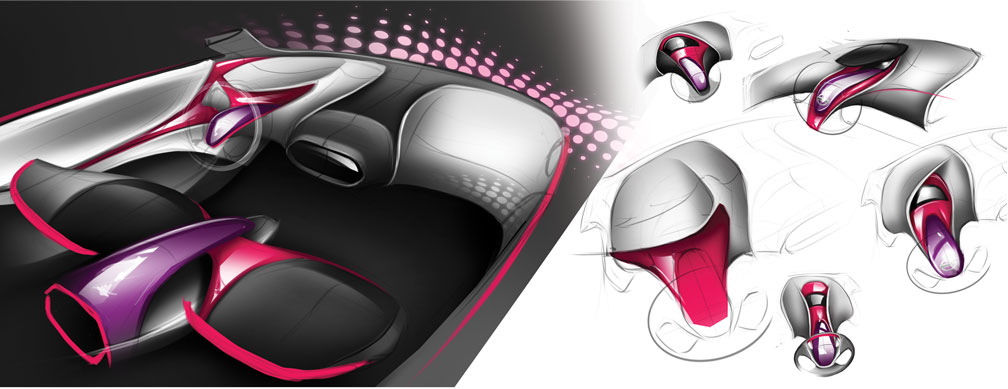
Lawrence Technological University's Transportation Design Program celebrated its fourth industry show and the graduation of its inaugural class recently. The program achieved international recognition with students placing in various international design competitions and industry positions around the globe.
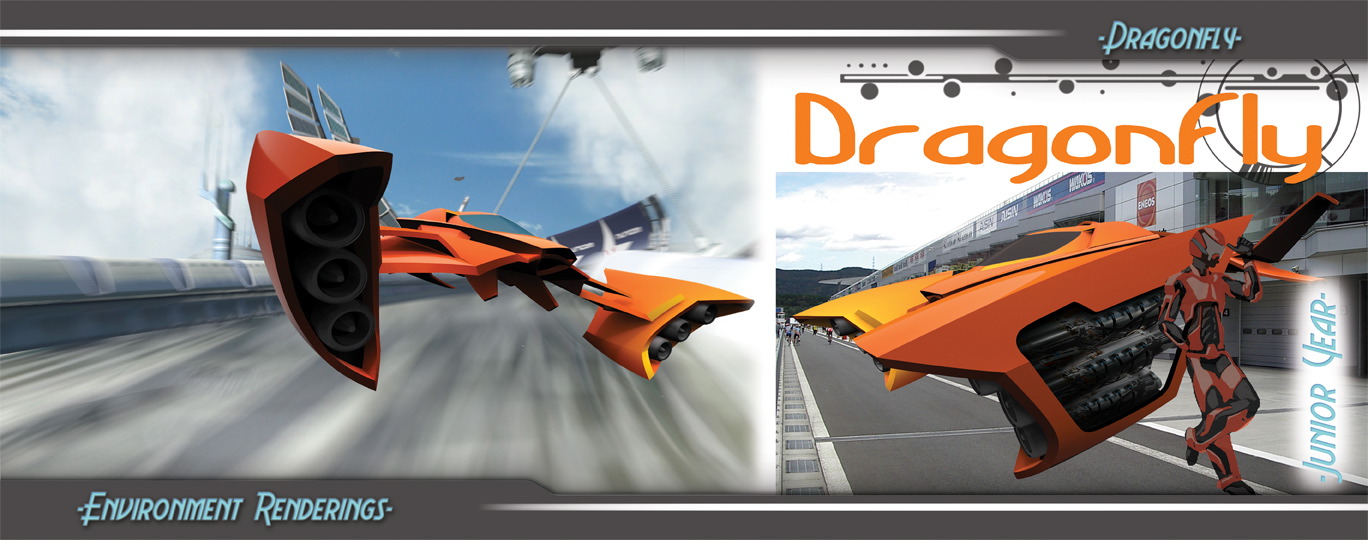
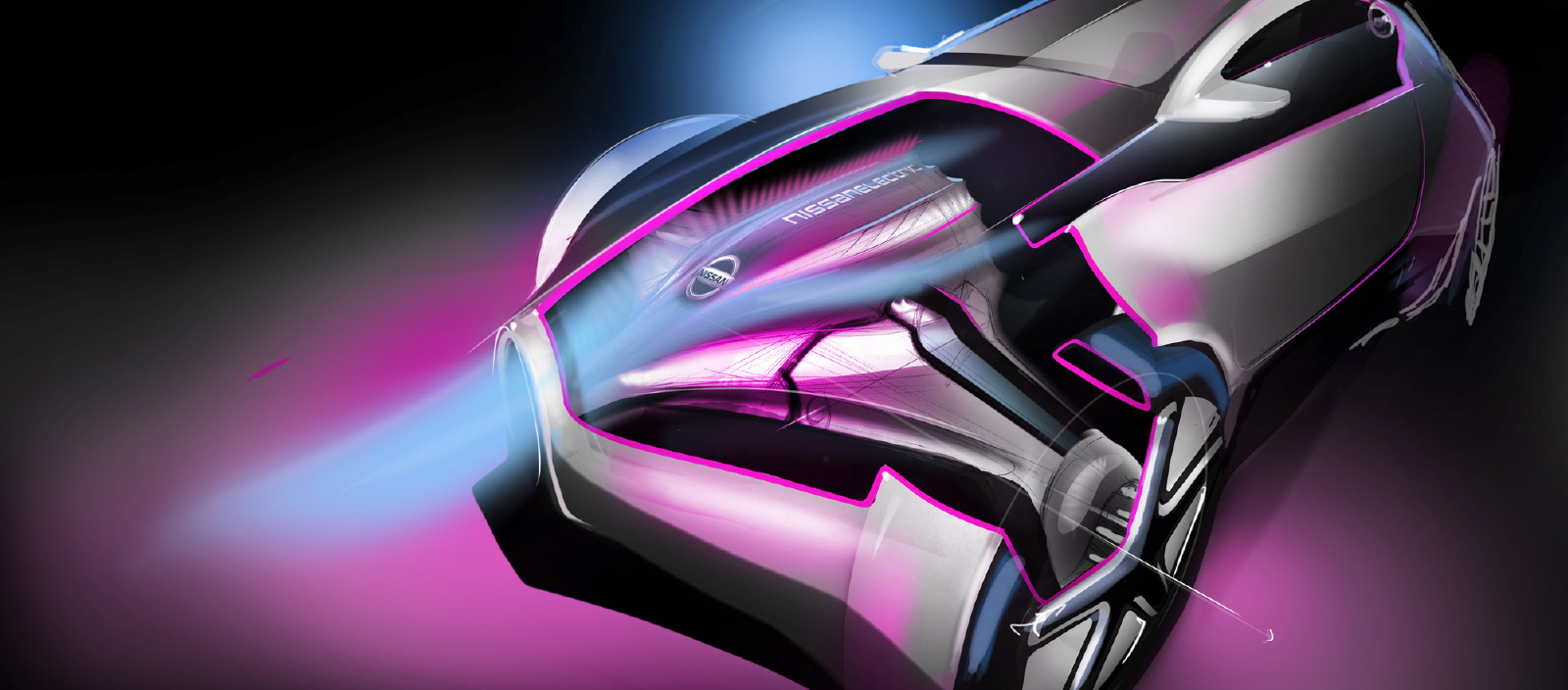

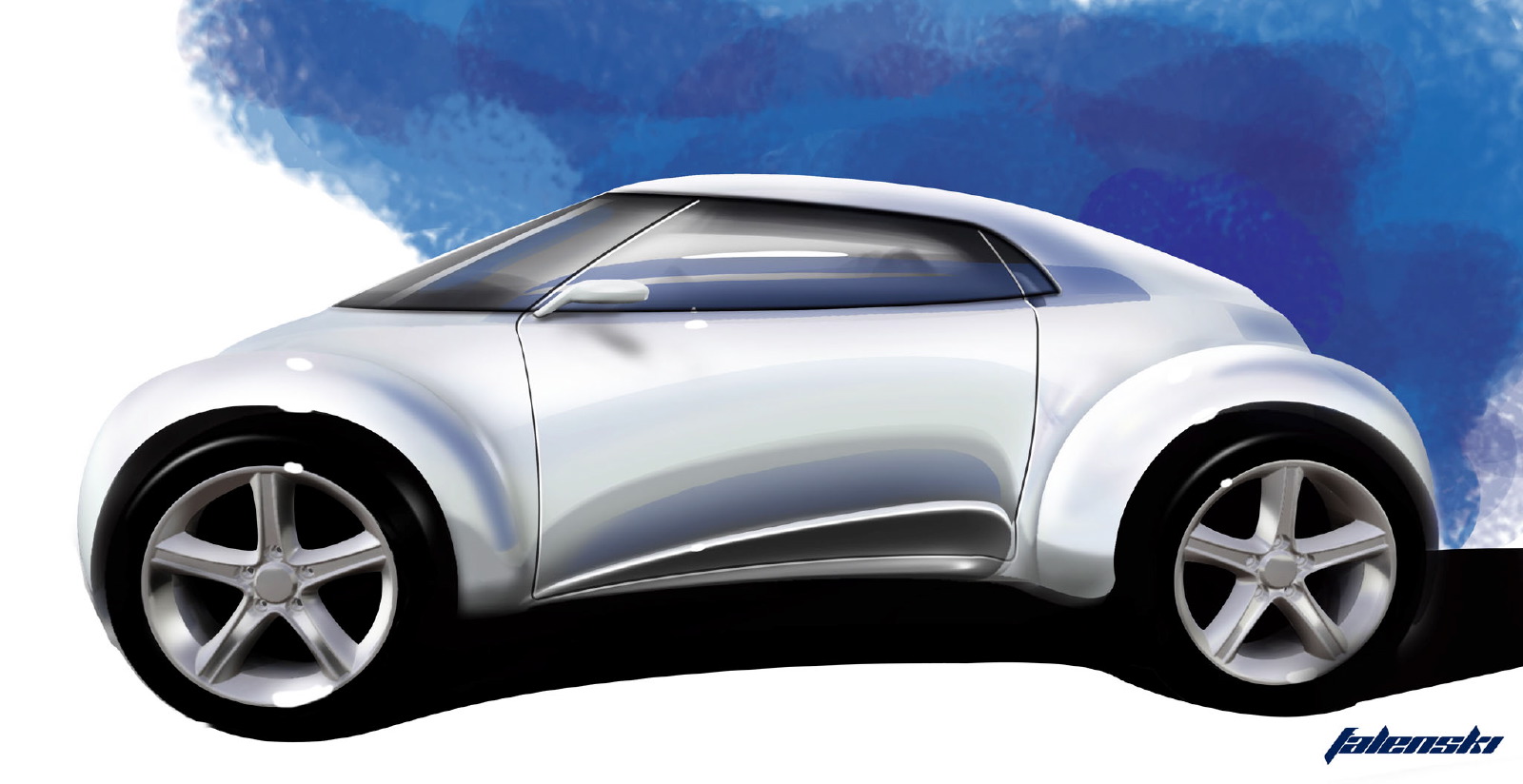
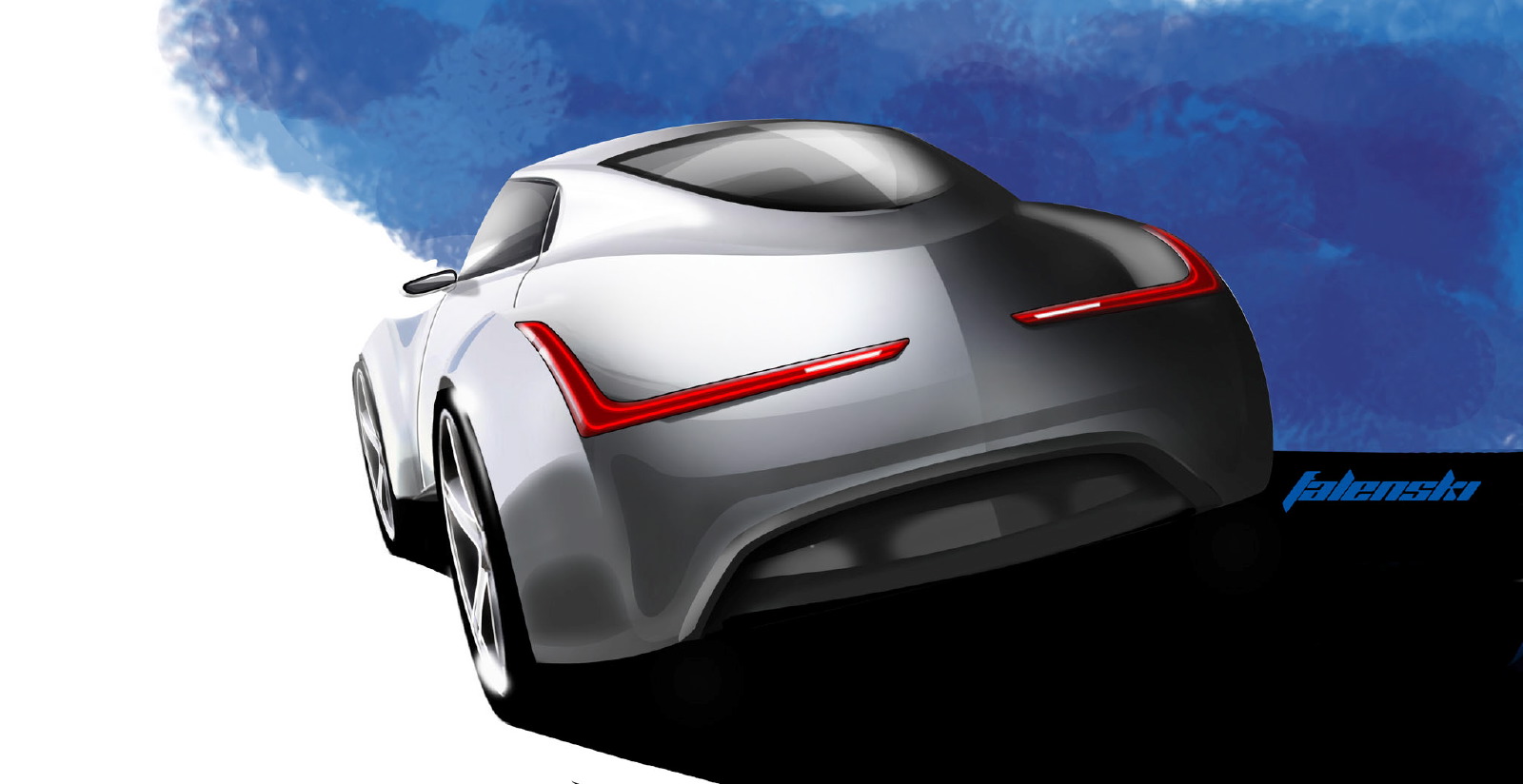
Started at the request of industry professionals, most notably Peter Horbury and Bob Lutz, the program is structured as a four-year apprenticeship, with an industry-sponsored project led by industry professionals every semester.
Ford gave the freshmen class a brief asking for designs for a vehicle for millennials, while Jeep requested the sophomores to design a vehicle for 2025. Visteon asked for designs for an interactive interior from the junior class, along with designs for race vehicles for 2050 and city vehicles for 2045.
Seniors
This year's graduating class was tasked with creating an urban electric vehicle for the year 2020, following a brief from Nissan Design Europe.
Nissan Aeon
Ben Graf
Graf's ‘Nissan Aeon' design was created through the desire to alleviate rural energy concerns through the use of aerodynamic and electrical technology. The Aeon employs a long, sleek, aerodynamic shape to help it more efficiently cut through the air. It also utilizes nanotube capacitors for quick recharging energy storage. Wireless towers could also charge the Aeon, allowing for an unlimited range.
Dragonfly
Graf also designed the ‘Dragonfly' for Ford. Much like its namesake, the Dragonfly has four wings and a long, thin fuselage. The Dragonfly is a ground effects vehicle, using its proximity to the ground to multiply its lift. This allows for greater lift with less drag. A total of eight turbines power the Dragonfly, three in each of the front pods and two in the rear, propelling it in a race like never seen before.
Nissan Rural Electric Vehicle (REV)
Chris Nichols
Nichols' ‘Nissan Rural Electric Vehicle (REV)' concept is designed to assist customers with their utilitarian needs in rural environments. With its tunnel shaped air intake, cool air flows into the engine bay but also over the electronic components and the interior seats for a complete cooling system on hot summer days. The glass graphic extends into the hood to expose the electric motor design. This enhances the appeal of owning an electric vehicle by celebrating its components. The rear of the vehicle is designed with lots of space giving the customer the ability to haul whatever they may need, for work or for pleasure.
Nissan One
Jason Falenski
The ‘Nissan One' concept was created by Jason Falenski, with his design consisting of an off-road capable electric car developed with the rural customer in mind. Large tires and a wide stance illustrate this well, while a propane-powered generator eases the fears of customers who worry their travels may leave them outside the natural range of their batteries.
The One was developed specifically for environmentally conscious consumers who need a commuter vehicle for outside the city. Falenski also created a project for Ford called the ‘Slipstream'.
Nissan e
Taylor Manuilow
Manuilow designed the ‘Nissan e', which addresses the needs of rural communities through innovative packaging and energy storage solutions. The ‘e' is a C-segment crossover with a minimalist interior, offering space and off-road capability. The long distance often driven in rural areas requires a long range. Electric vehicles, unlike gasoline vehicles, have no way of recharging energy quickly. The ‘e' would solve this issue by separating the battery pack into smaller, more manageable batteries that can be swapped out at strategically placed locations. The batteries are designed to be changed out by autonomous robots, which would make it easier to have a long-range electric vehicle.
Continues →




































